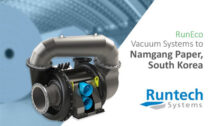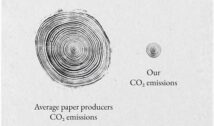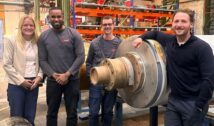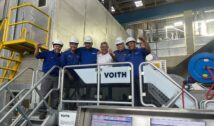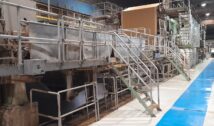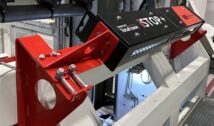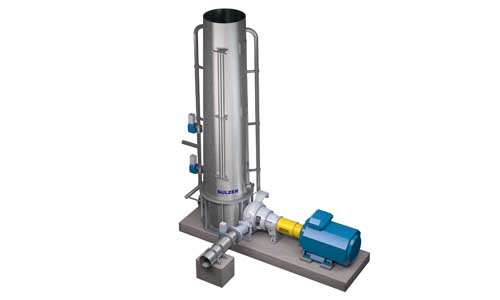
An Indian pulp and paper customer noticed that their MC pump was not up to par and sought help in reaching the targets on their production line. They suffered from low kappa reduction and high chemical consumption in the oxygen delignification stage. This was mainly due to the O2 stage feed pump limiting the pulp consistency. Their existing, ill-performing MC pump was not able to pump a consistency higher than 7%. Because of this, the steam capacity of the mill was not able to heat the pulp flow to the target temperature. Also, the desired top pressure in the oxygen reactor was not achieved.
More efficient MC pump met the performance targets
The customer contacted Sulzer to analyze the O2 stage, calculate the pumping head at predetermined reactor pressures, and select more suitable and efficient MC equipment to reach the target process conditions. Sulzer’s experts visited the mill site, analyzed the whole pumping system, and calculated the required pump duty point. As a result of the thorough research, the client’s old pump was replaced by Sulzer’s MCE22-100-V, a high-quality MC pump with internal degassing.
Sulzer’s MC pump significantly improved the client’s process and proved to be a great fit for the application. The customer was able to increase pulp consistency from 7% to 11.5%. The top pressure of the oxygen reactor was increased from 3 to 5 bars. Also, pulp temperature increased from 80°C to 92°C with the same steam consumption as earlier. Furthermore, the targets were met while also improving the energy efficiency of the MC pump by approximately 10%.
Big impact with small upgrades
Adding more equipment to the process line would have led to costly and time-consuming investments. Since the optimal process conditions were met with MCE, there was no need for additional devices as the steam capacity was sufficient and there was no need to increase the temperature. From the initial contact to the up and running of the equipment, upgrading the MC pump only took a few months.
Additionally, the process improvements were not limited to the delignification phase. With the right equipment, the quality of the processed pulp became more consistent and improved with regard to the properties relevant for its end use. This also led to easier handling of the pulp in the later stages, and for instance to a smaller need for chemicals in the pulp bleaching phase.
Tailored baseplate cut downtime
To maximize their production, the customer wanted to minimize the downtime caused by the pump change. Usually, the installation of a new pump or replacing an old pump may take multiple days, since making the pump foundation with concrete requires a long time to set. In such cases, utilizing the existing baseplate or mounting screws is an efficient way to reduce the installation time.
The MCE pump was equipped with a special baseplate and a pump inlet connection. The tailored baseplate matched the mounting screws, so that the existing baseplate and standpipe could be utilized. As a result, the installation and investment costs were significantly decreased while production downtime was reduced from several days to only a matter of hours.
Process optimization with Sulzer experts
In this case Sulzer’s team of experts were able to harness their know-how to better serve the client’s processes. The key to success was deep cooperation with the client.
Sulzer employs a team with a special focus on optimization of pulp and paper processes. Usually, the cooperation involves an analysis of the medium consistency pumping system at the site, which is followed by detailed case by case recommendations for improving the process conditions. Altogether the team has over 50 years of experience in process optimization which has been used to improve hundreds of Sulzer customers’ pulp and paper lines around the globe.











